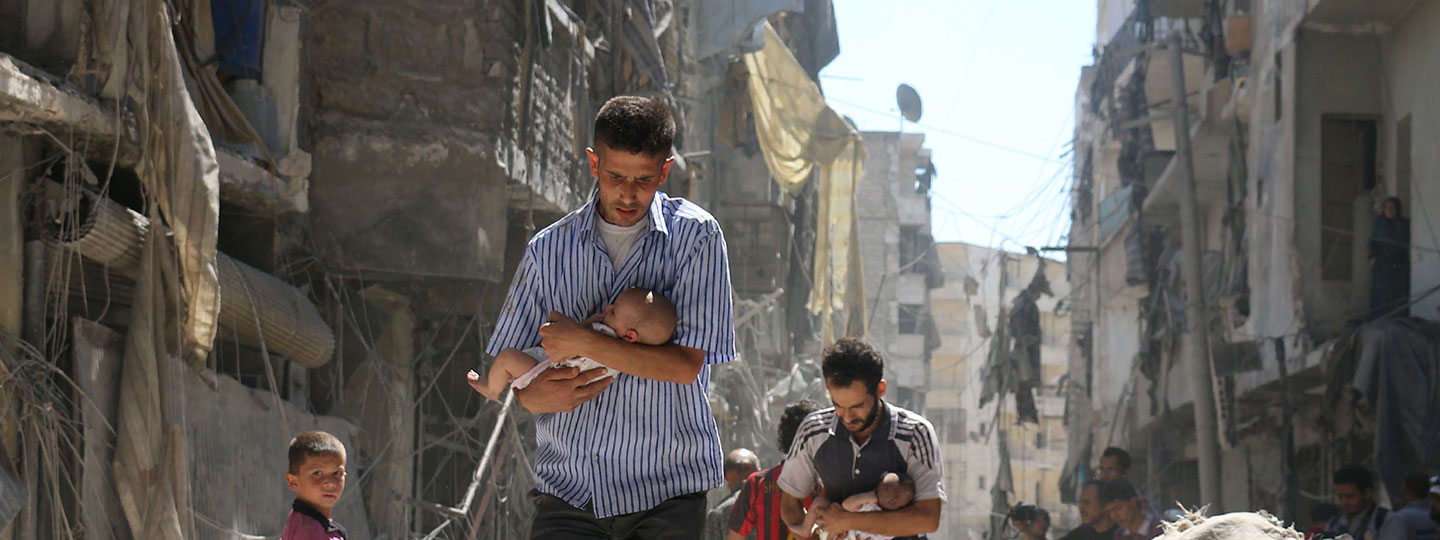Amnesty International produces reports based on rigorous and independent research. These reports document patterns of human rights abuses and provide a blueprint for change.
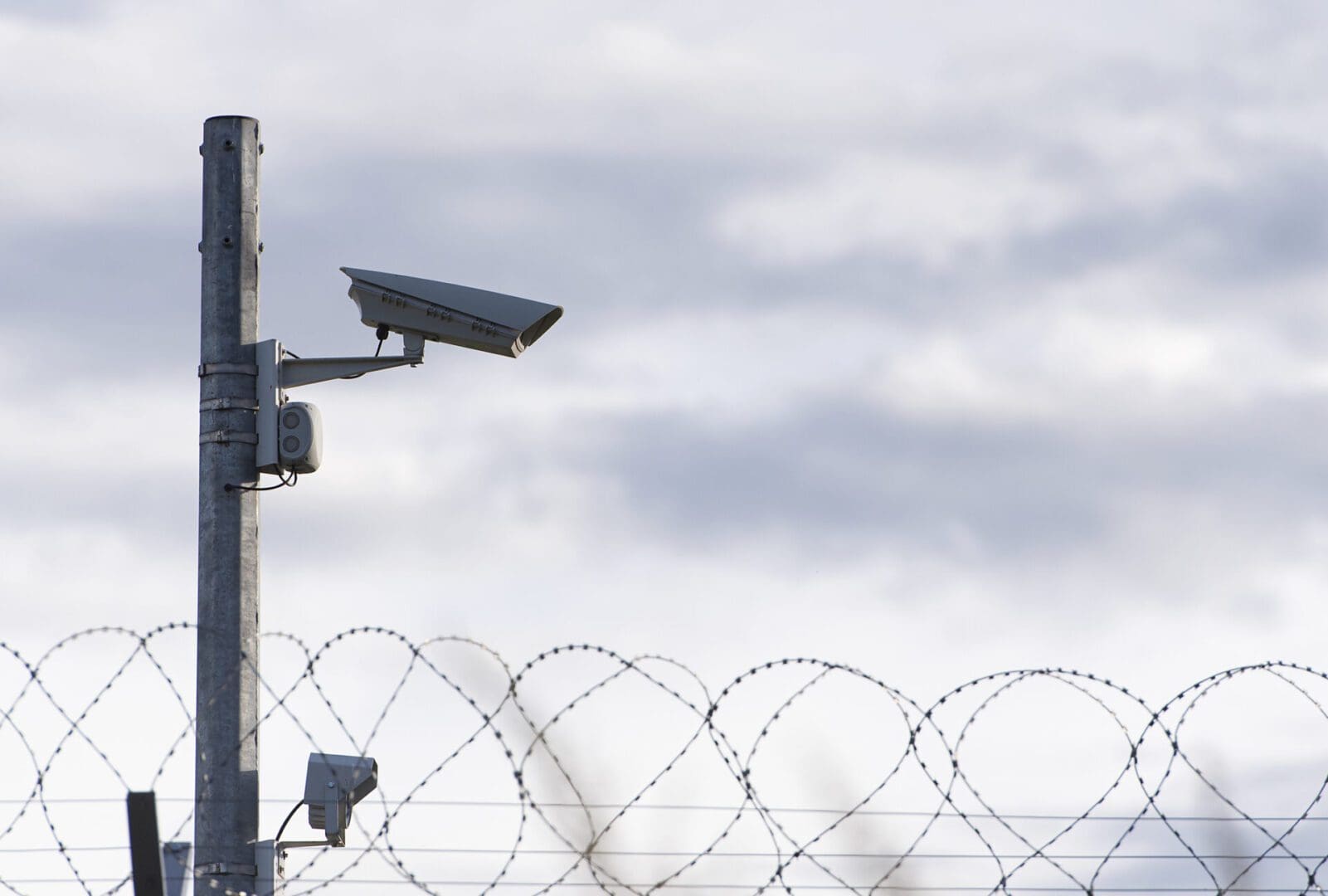
Defending the Rights of Refugees and Migrants in the Digital Age
Digital technology interventions are increasingly shaping and delivering the migration management and asylum policies of states.
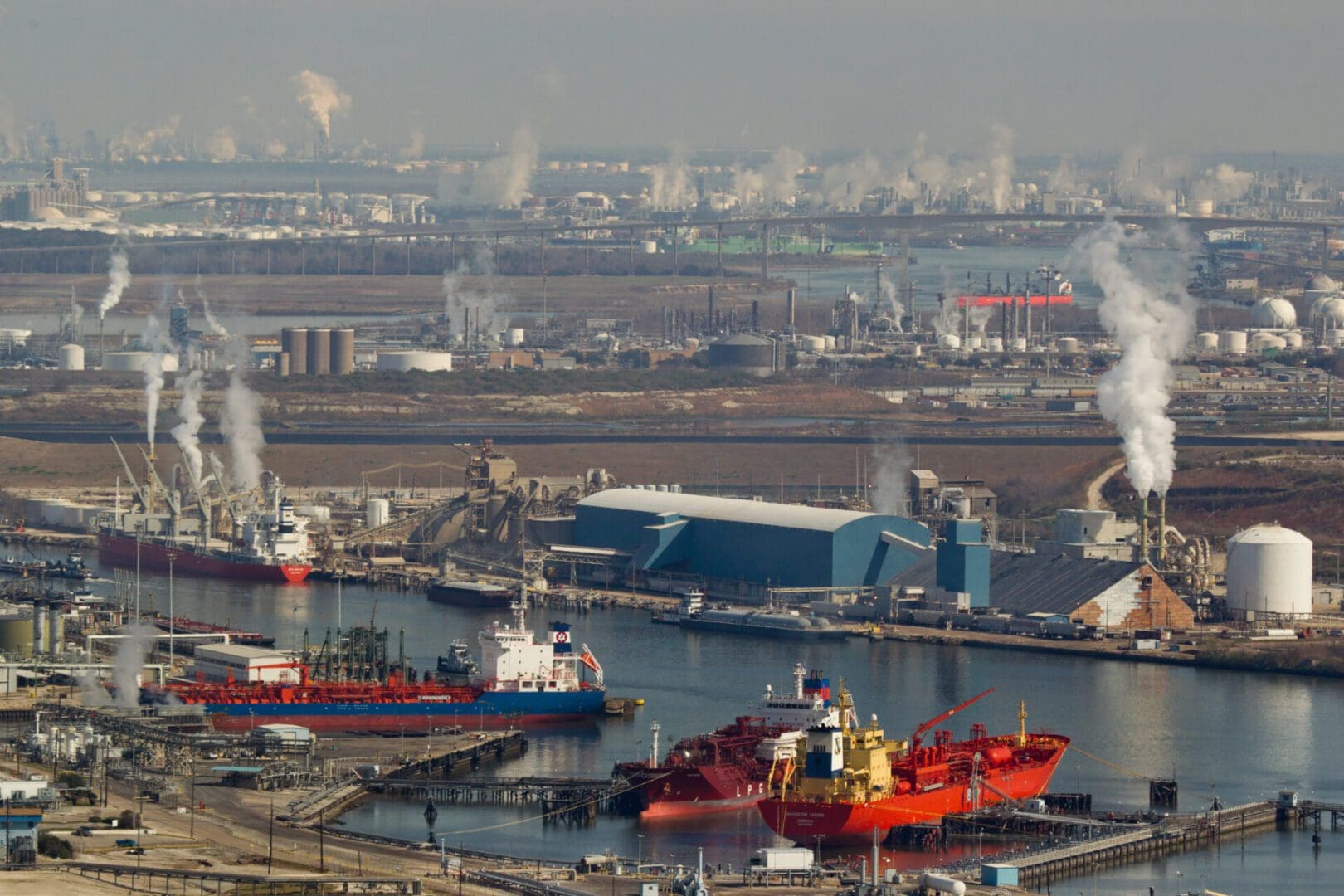
The Cost of Doing Business? The Petrochemical Industry’s Toxic Pollution in the USA
This report highlights the harms suffered by local communities from pollution emitted by the hundreds of petrochemical plants and refineries along the Houston Ship Channel in Texas.

Silicon Shadows: Venture Capital, Human Rights, and the Lack of Due Diligence
Our analysis showed that leading VC firms and start-up accelerators are critically deficient in their responsibility to conduct human rights due diligence when investing in Generative AI start-ups.
Browse Reports
Report
Comprehensive Health Services Contributing to the Violation of Children’s Rights by Operating the Homestead Facility in Florida
Amnesty International USA today called on U.S. government contractor, Comprehensive Health Services, to end its operations at the Homestead detention center in Florida. A new briefing, No Home for Children:…

Report
Human Rights Defenders in Morocco Targeted Using Malicious NSO Israeli Spyware
Two prominent human rights defenders in Morocco have been targeted using surveillance technology developed by the Israeli-based company NSO Group, according to new research published by Amnesty Tech today.

Report
Bangladeshi Parents Fear for Lost Generation of Rohingya Children
Two years after a brutal ethnic cleansing campaign forced around 700,000 Rohingya to flee Myanmar for Bangladesh, refugees are still trapped in unbearable conditions in overcrowded camps, Amnesty International said…
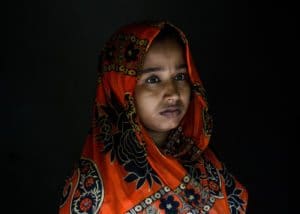

Report
No Home for Children: US Government Detention of Children at Homestead Facility Cruel and Unlawful
The Homestead facility housing children who traveled alone to the United States must be shut down as quickly as possible, a new Amnesty International USA report finds, and children should…


Report
Scars of Survival: Gun Violence and Barriers to Reparation in the USA
Survivors of gun violence in the USA suffer years of trauma and pain due to a destructive combination of government policies which ignore their needs, Amnesty International said today as…



Report
Georgia/Russia: Post-conflict boundary splits communities, leaving thousands in limbo
Russia’s and the de facto authorities’ attempts to physically demarcate a boundary between the breakaway territories of Abkhazia and South Ossetia/Tskhinvali Region and the rest of Georgia have led to…
Report
‘Saving lives is not a crime’: Politically motivated legal harassment of migrant human rights defenders by the USA
Since 2018, the US government has conducted an unlawful and discriminatory campaign of intimidation, threats, harassment, and criminal investigations against people who defend the human rights of migrants, refugees and…


Report
“Fleeing my whole life”: Older people’s experience of conflict and displacement in Myanmar
Tens of thousands of older women and men from ethnic minorities across Myanmar who faced military atrocities and were forced to flee their homes are being let down by a humanitarian system…


Report
The Mountain is in Front of Us and the Sea is Behind Us: The Impact of US Policies on Refugees in Lebanon and Jordan
When President Trump signed what has become known as the Muslim ban during his first week in office, he set into motion a series of events that continue to leave…


Report
“No one can protect us”: War crimes and abuses in Myanmar’s Rakhine State
Following a recent investigation in Myanmar’s Rakhine State, Amnesty International has gathered new evidence that the Myanmar military is committing war crimes and other human rights violations. The military operation…
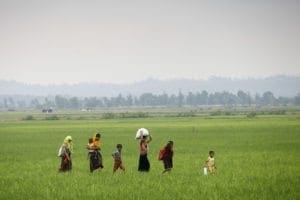

Report
Venezuela: Crimes against humanity require a vigorous response from the international justice system
Selective extrajudicial executions, arbitrary detentions, and deaths and injuries caused by the excessive use of force by Nicolás Maduro’s government as part of a systematic and widespread policy of repression…
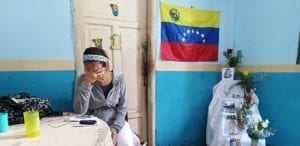

Report
Transgender people in China risk their lives with dangerous self – surgery
Transgender people in China are performing highly dangerous surgery on themselves and buying unsafe hormone treatments on the black market because it is almost impossible for them to access the…



